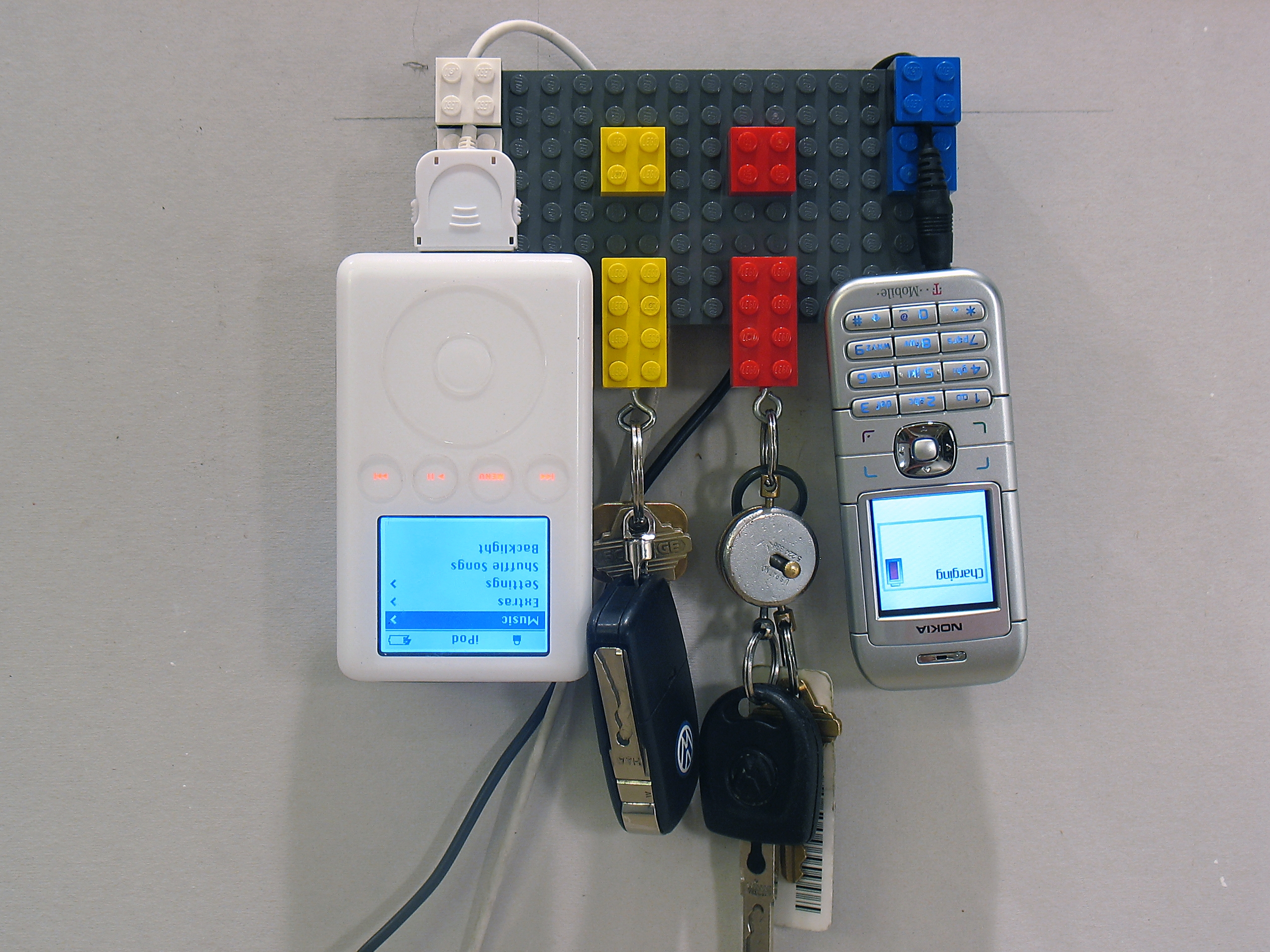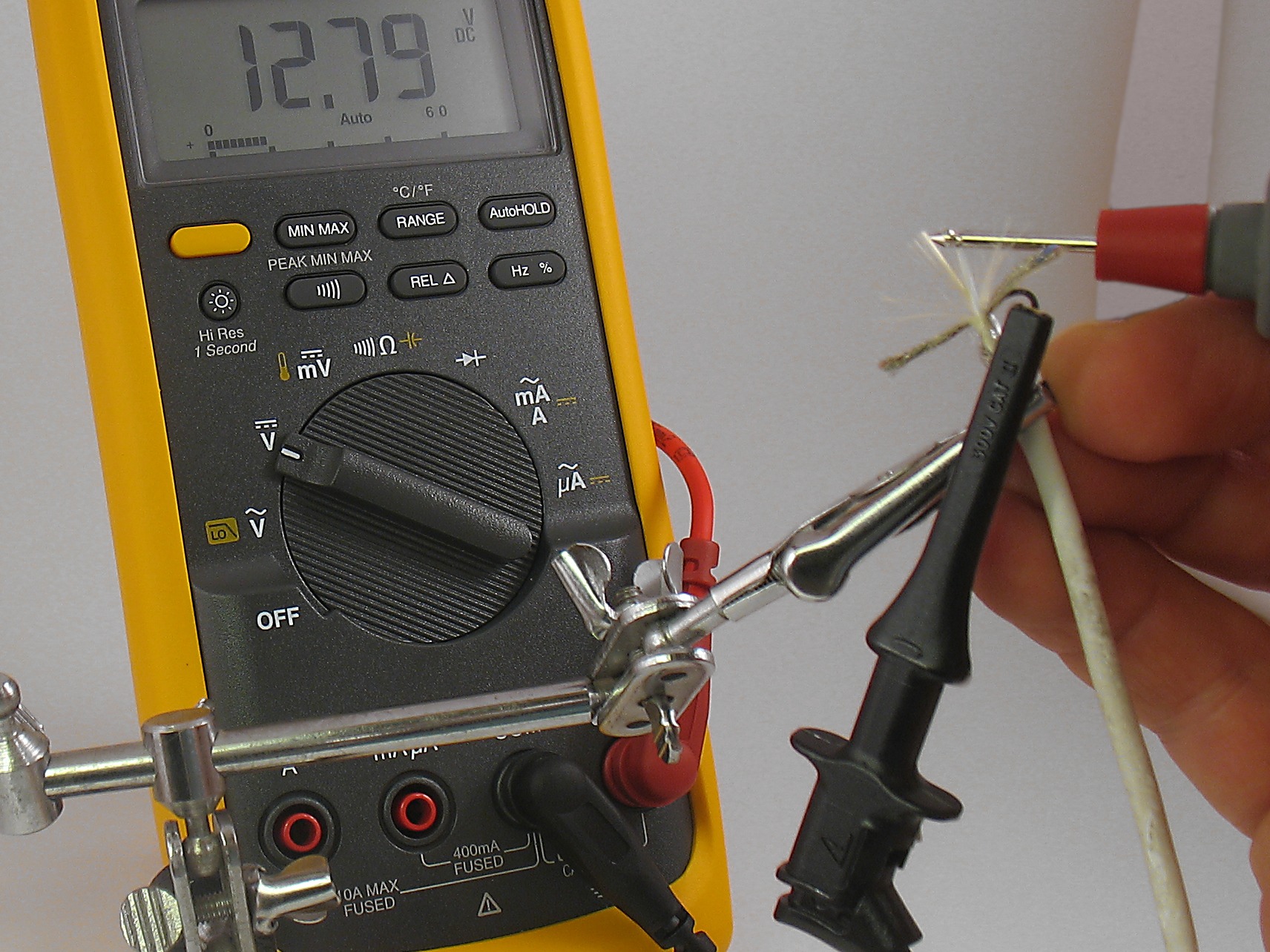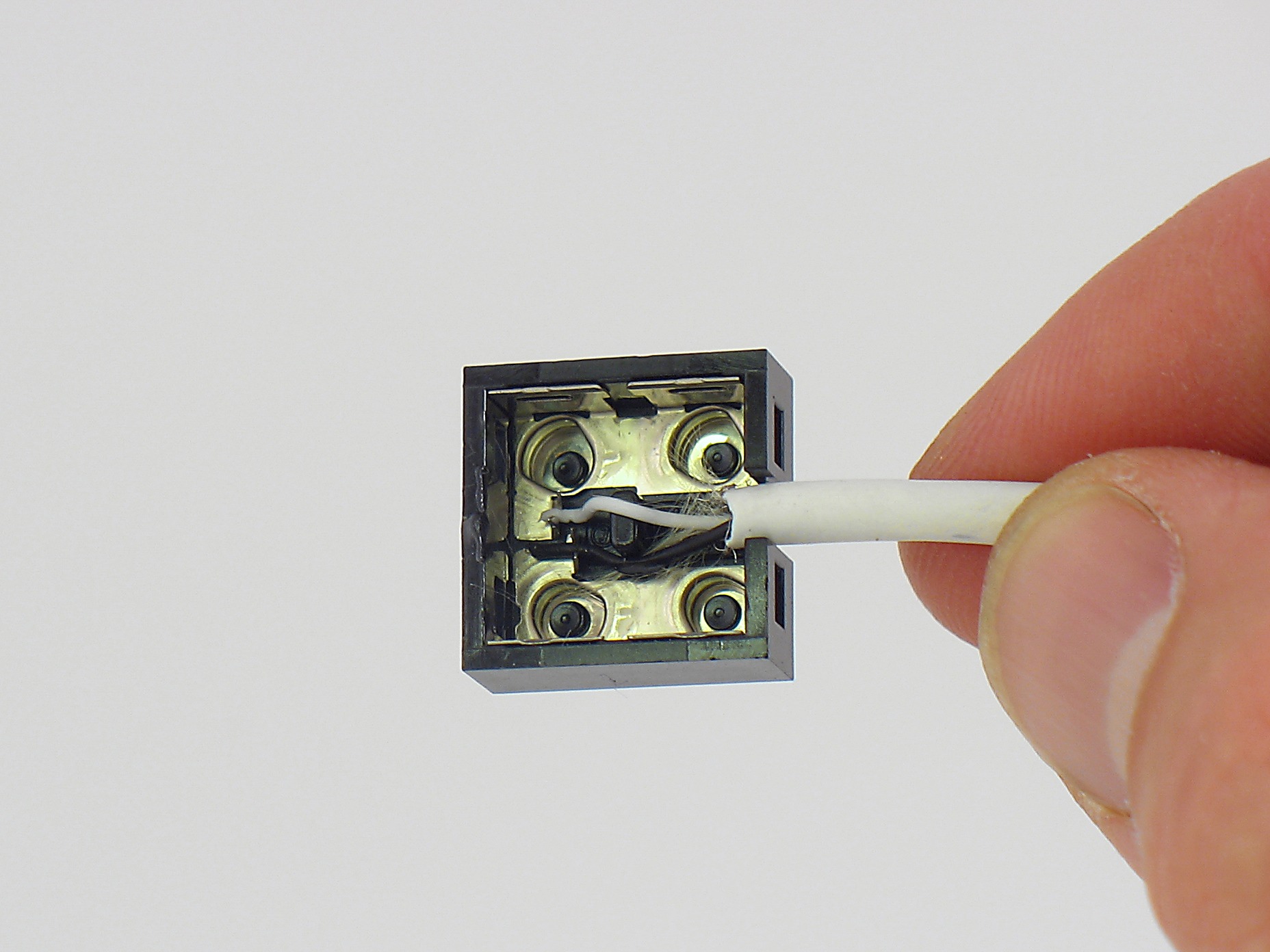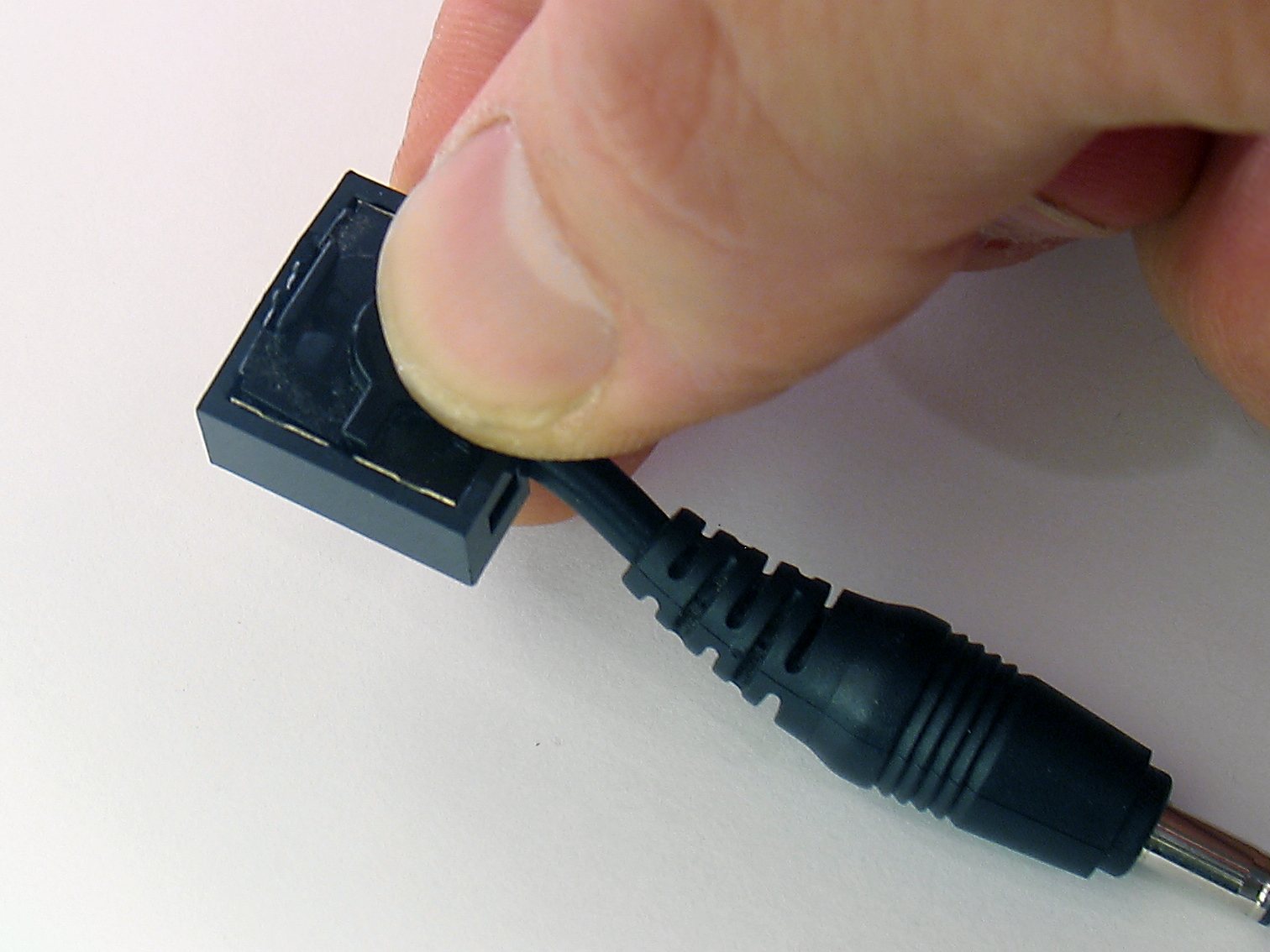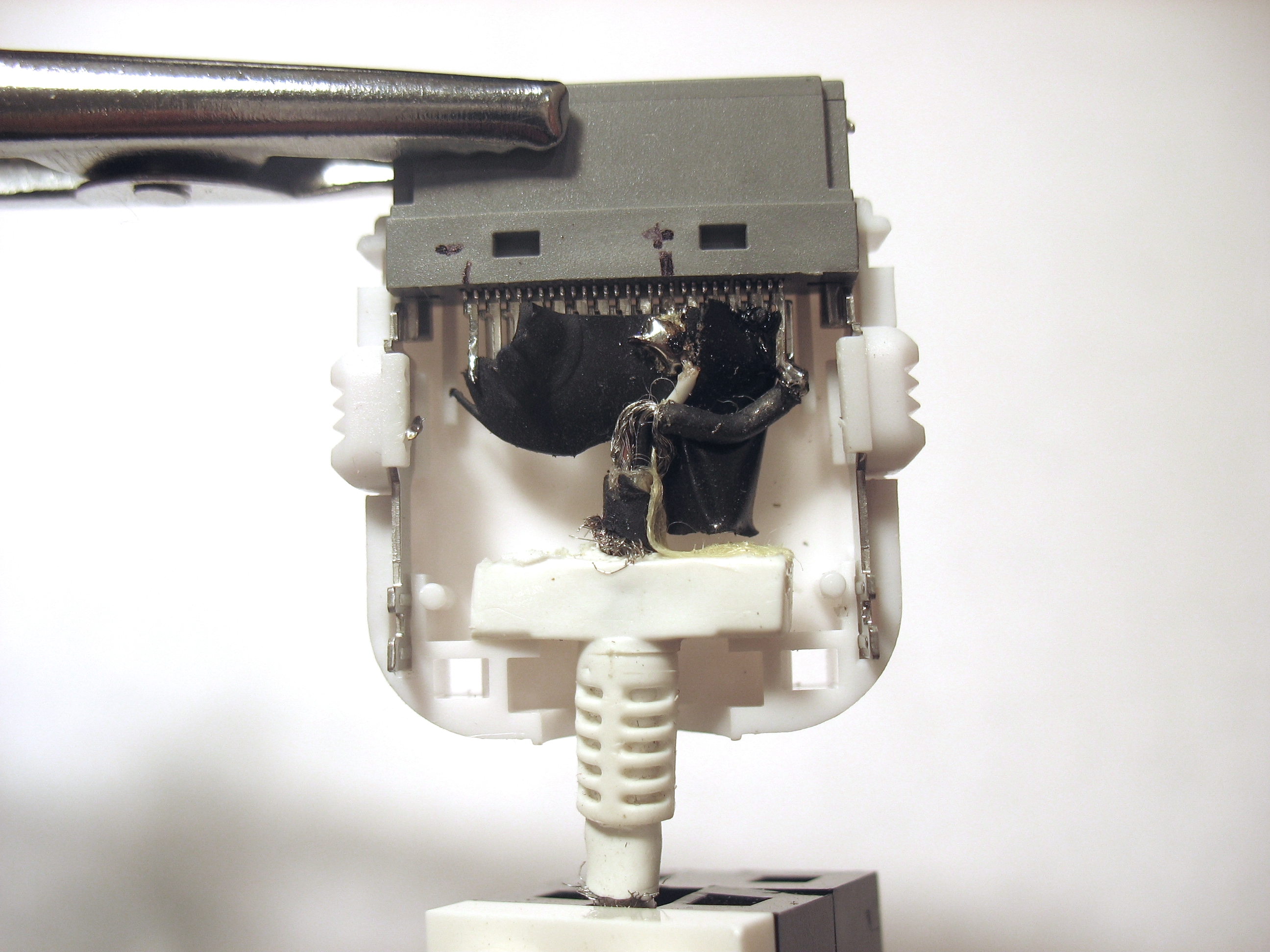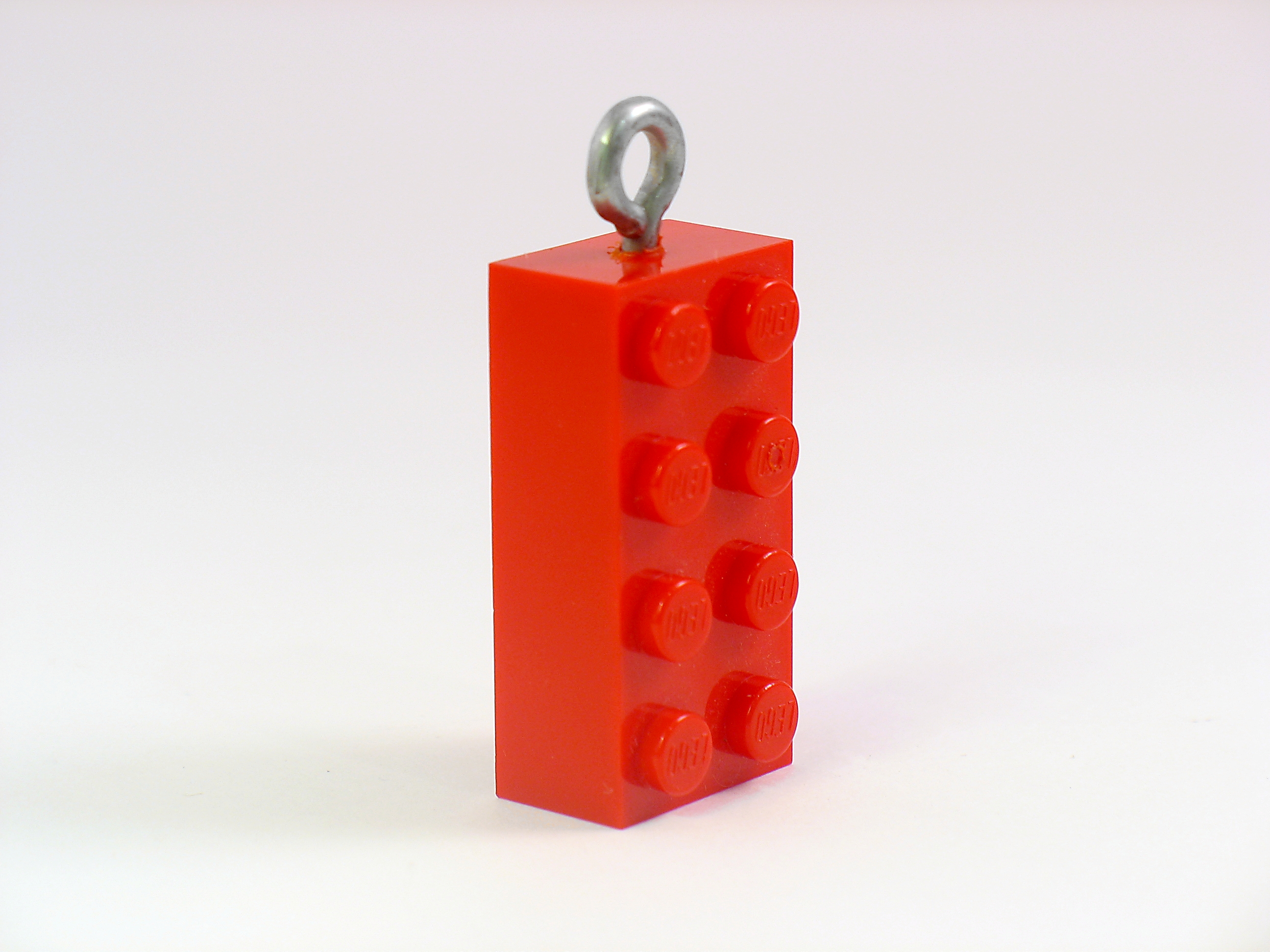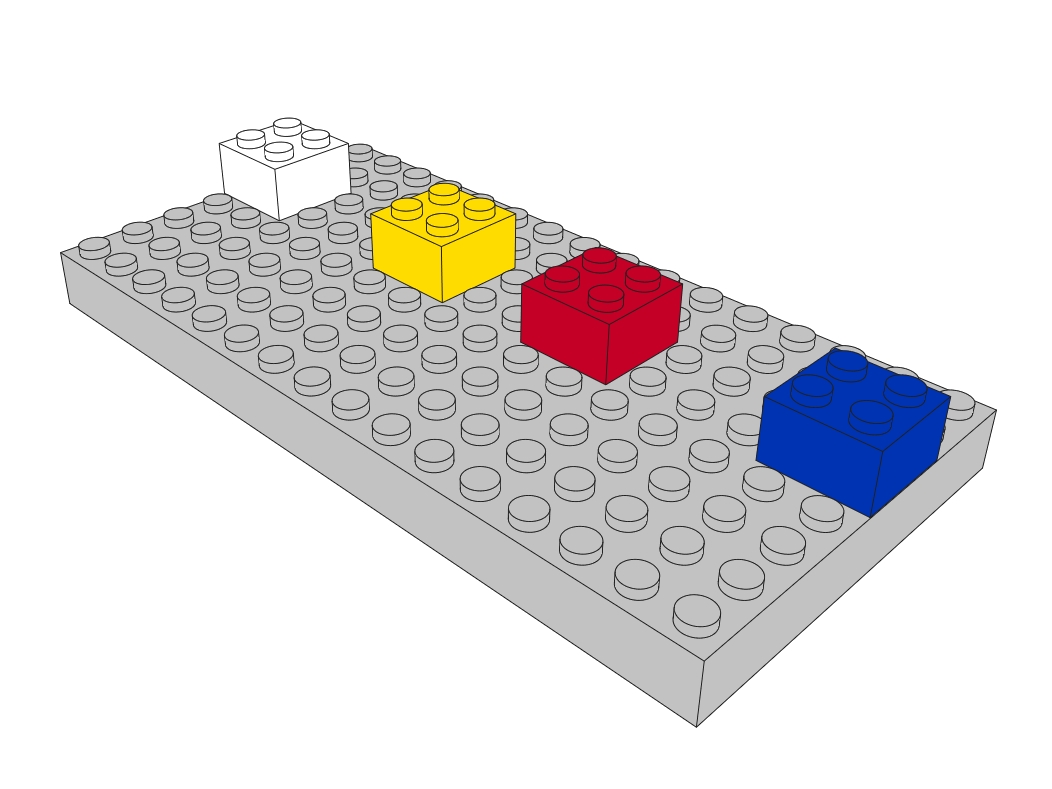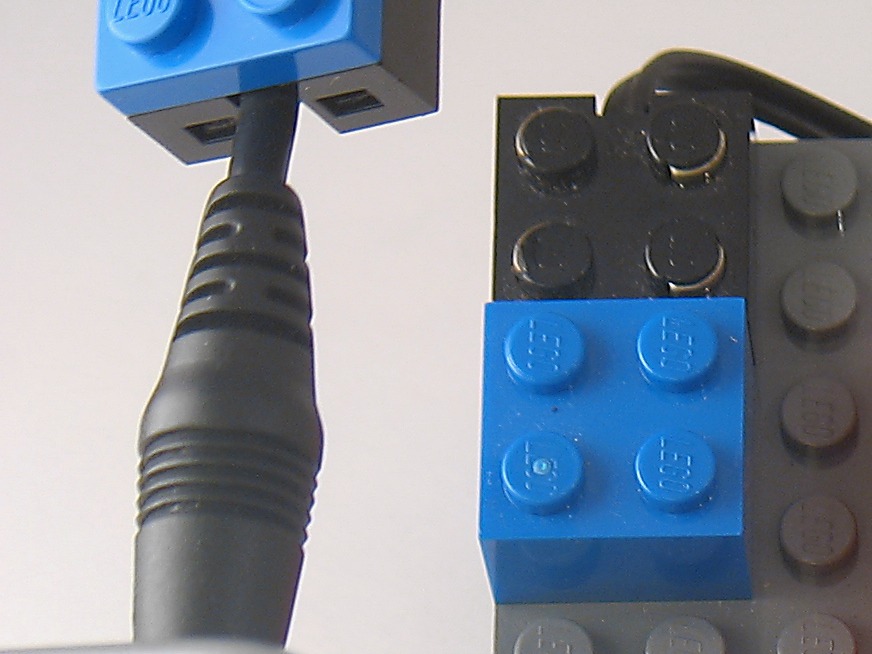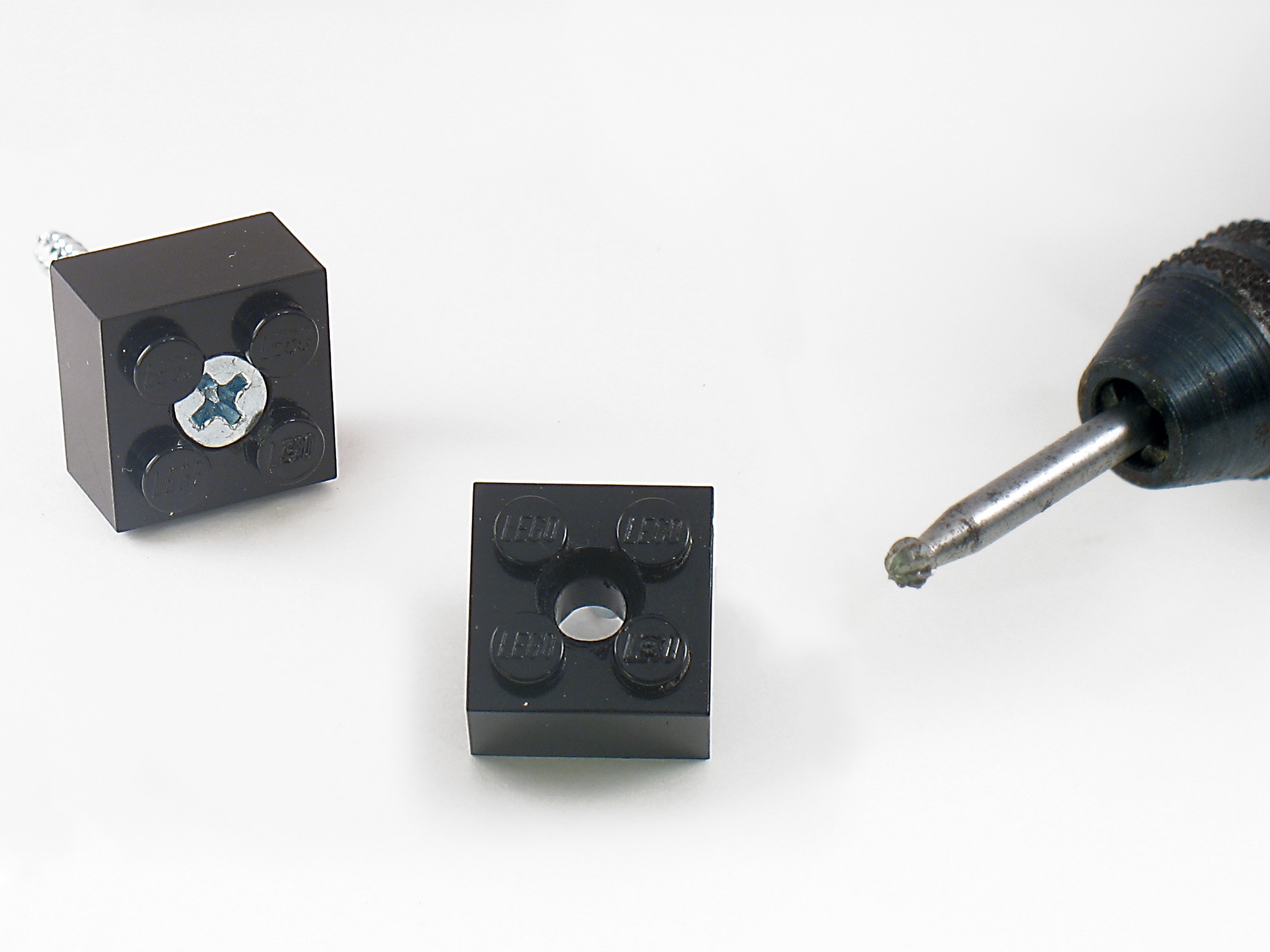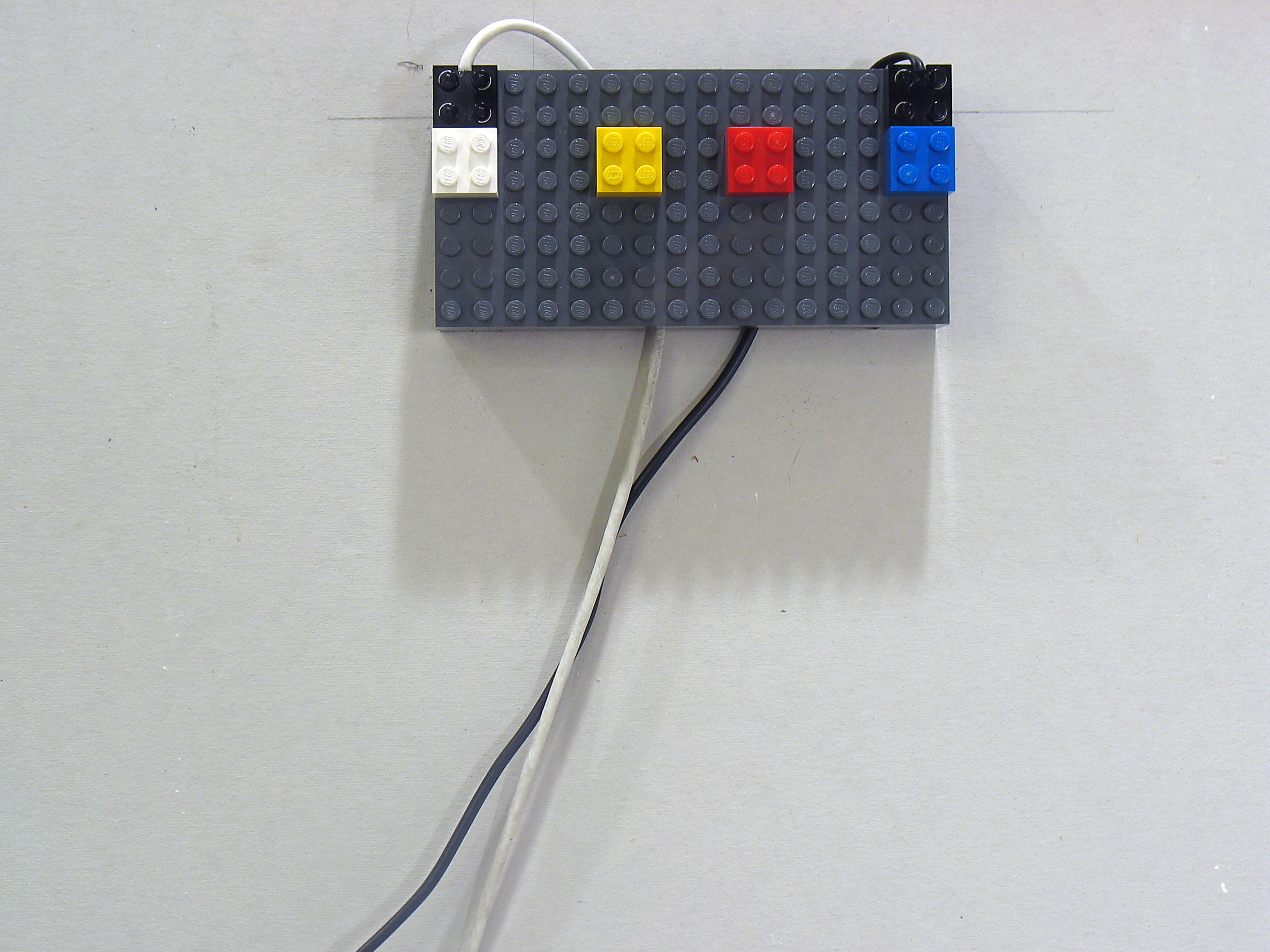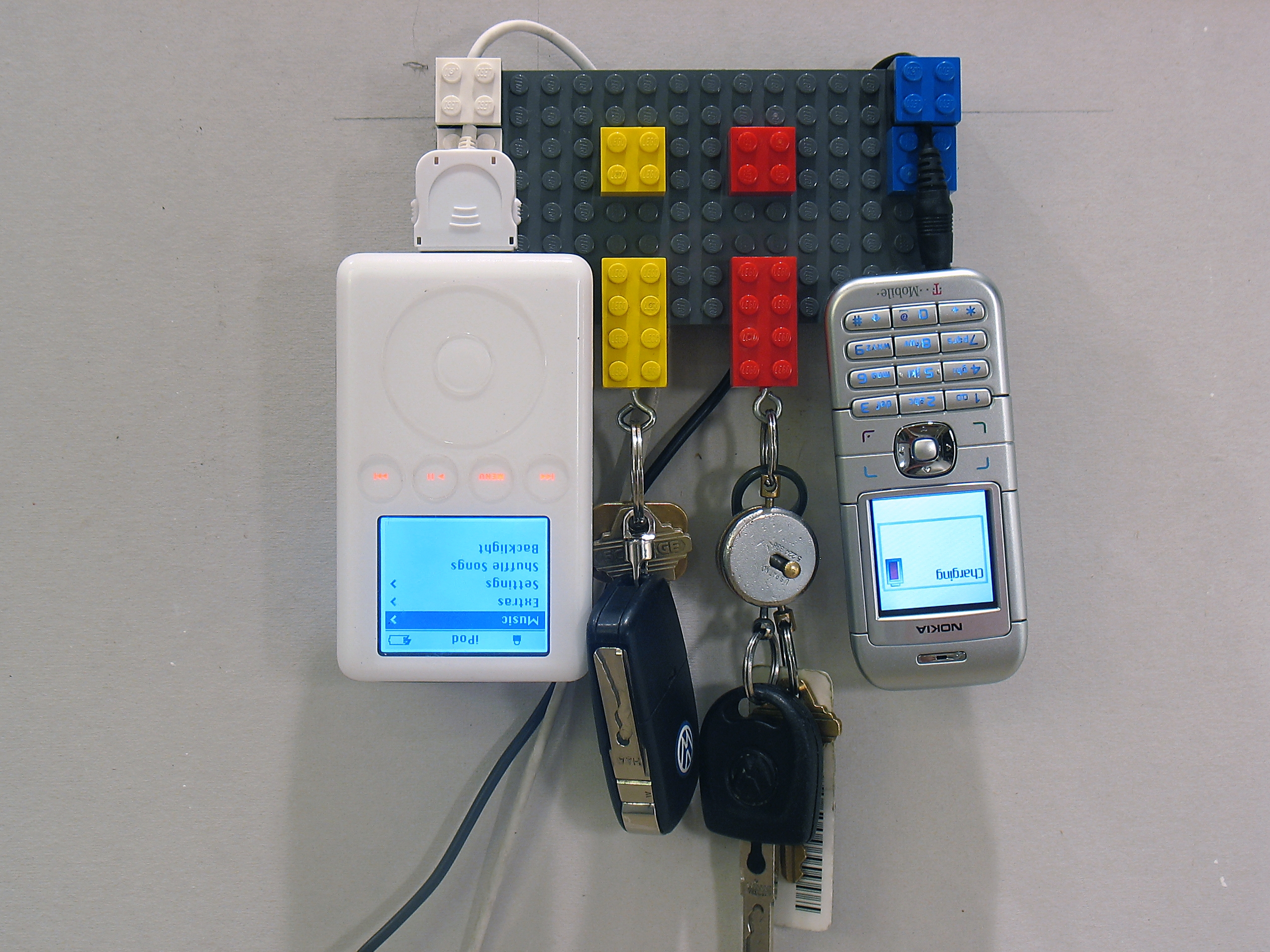On a recent trip to Legoland, I saw a neat product: a Lego key rack with Lego brick keychains. What a great idea, but what about all the other devices I just pulled out of my pockets; where do they go? And, for that matter, how will all their batteries stay charged? I decided to make my own and started with some 9V motor wire bricks and a large baseplate. For my key chain, I drilled a small hole into a 2×4 brick and then screwed a small screw eye into it. The whole system was cheap and easy to build, works great, and keeps my devices organized and charged. I’ve gotten so used to it that I’ve installed an unwired counterpart key rack at my office.
Projects from Make: Magazine
Lego Recharger
Keep your gadgets juiced and your keys from getting lost.
